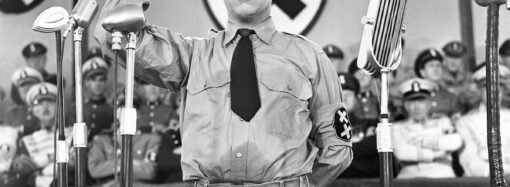 In 1861, the states held a dry run for an Article V “convention for proposing amendments.”
In 1861, the states held a dry run for an Article V “convention for proposing amendments.”
The event was the Washington Conference Convention or Washington Peace Conference. It was called by the Virginia legislature in January of 1861 in an effort to avert the Civil War. The idea was that the convention would draft and propose one or more constitutional amendments that, if ratified, would weaken extremists in both the North and the South, and thereby save the Union.
This gathering differed from an Article V convention primarily in that it made its proposal to Congress rather than to the states. In most other respects, it was a blueprint for how an Article V convention would conduct itself.
When the convention met in Washington D.C. on February 4, 1861, seven of the eleven states eventually in the Confederacy already had seceded. Of the 26 then remaining in the Union, 21 sent committees (delegations). The conference lasted until February 27, when it proposed a 7-section constitutional amendment.
The assembly followed to the letter the convention rules that had been established during the 18th century—the same rules relied on by the Constitution’s Framers when they provided for a Convention for Proposing Amendments. Specifically:
* The call for the convention set the place, time, and topic, but did not try to dictate other matters, such as selection of commissioners (delegates) or convention rules.
* At the convention, voting was by state. One vote was, apparently inadvertently, taken per capita, but that was quickly corrected.
* The committee from each state was selected in the manner that state’s legislature directed. Most committees were elected by the legislature itself. In some states the legislature delegated the selection to the governor, with or without state senate approval. In a few states, the legislature was not in session, and the governor made the pick.
* The convention adopted its own rules and selected its own officers. Former President John Tyler served as president.
* The convention stayed on topic. One commissioner made a motion that was arguably off topic (changing the President’s term of office), but that was voted down without debate.
* The amendment proposed would have protected slavery where it existed, but by confining it territorially probably would have doomed it to eventual extinction.
This convention’s efforts eventually failed, but the failure was that of Congress, not of the convention. The convention did its job—proposing a workable compromise—but Congress failed to propose it formally for ratification. And while some states had applied for an Article V convention, their applications were too few, too late.
As a result, the Union was torn apart and over 600,000 Americans died—the biggest American death toll in any war in our history.
You can find the convention journal at Google Books. There has been only one modern book devoted to the subject, Professor Robert Gray Gunderson’s Old Gentlemen’s Convention: The Washington Peace Conference of 1861 (Univ. of Wisconsin Press, 1961).







